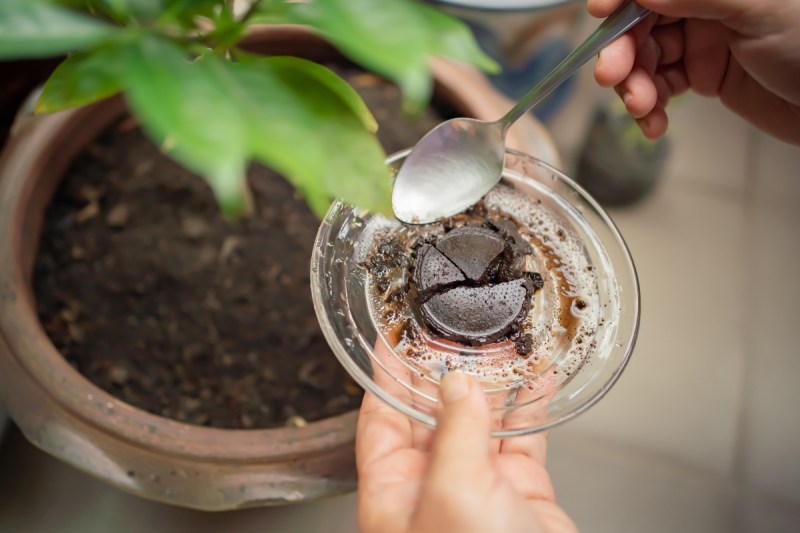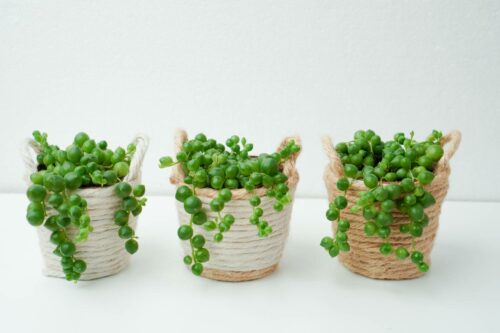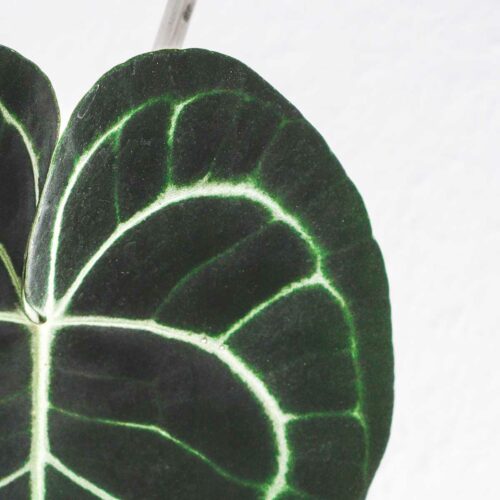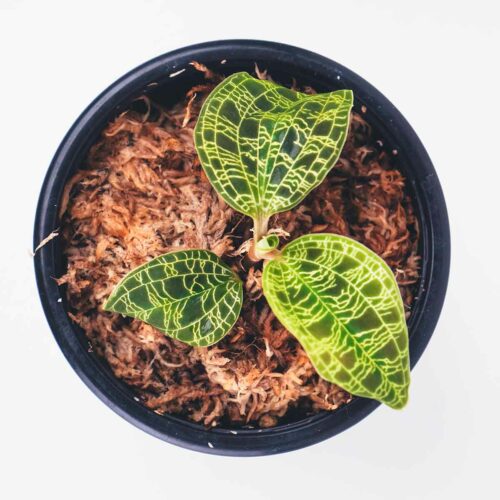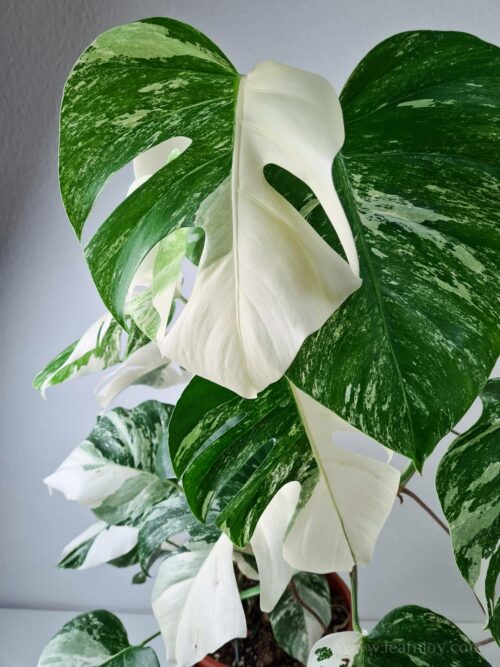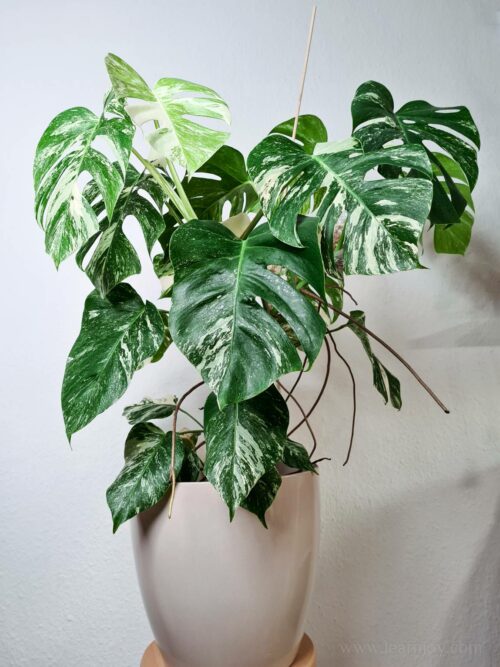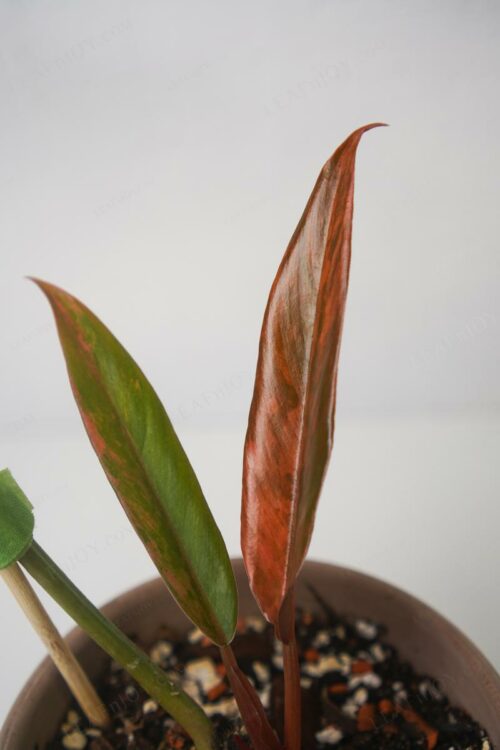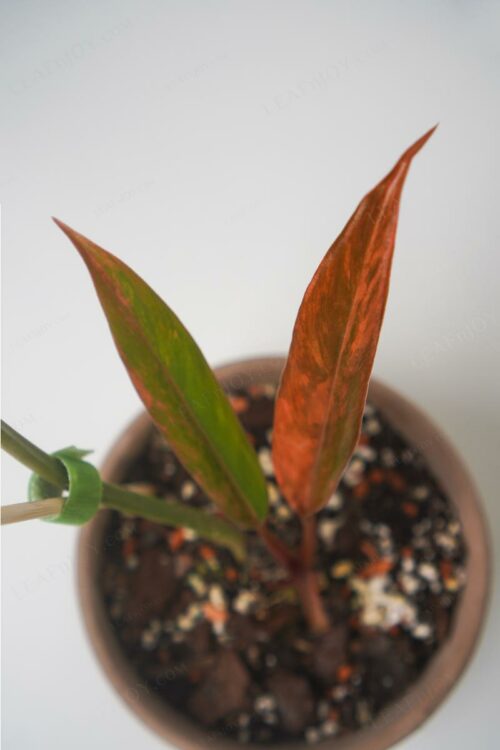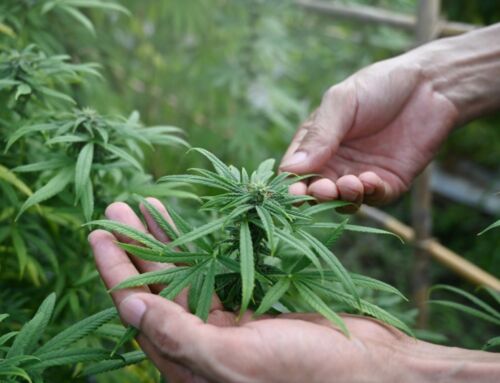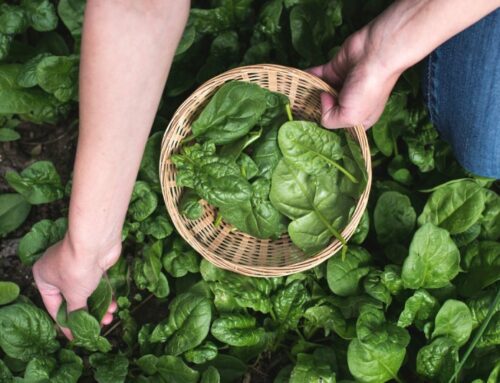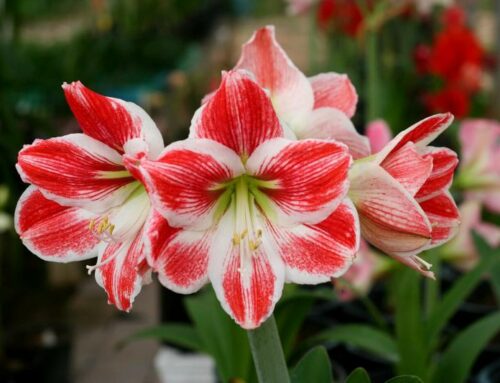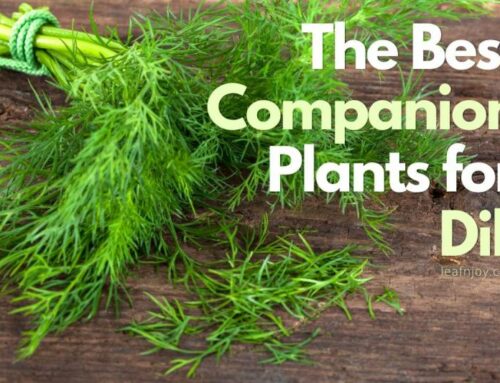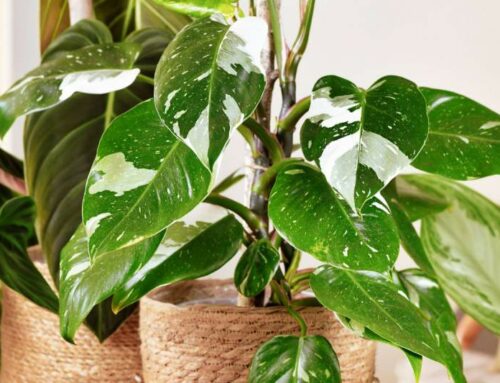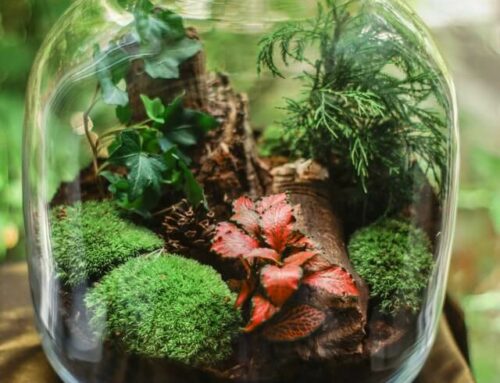Are you a coffee lover looking for a sustainable and budget-friendly way to nourish your plants? You’ll be delighted to learn that your used coffee grounds have the potential to transform into a potent natural fertilizer for your indoor and outdoor plants.
Coffee grounds, often discarded after brewing, can be easily repurposed as a soil enhancing fertilizer and turned into a gardening almost-all-rounder. Rich in essential nutrients, they provide an eco-friendly and cost-effective way to boost plant growth and vitality. So if you are wondering what to do with used coffee grounds – you’re at the right place as the uses in your garden and for your plants are numerous.
In this comprehensive guide, we will explore the benefits of using coffee grounds as fertilizer, delve into different application methods for both indoor and outdoor plants, discuss which plants will benefit from coffee grounds (and which won’t!) and provide valuable tips for optimal plant care.
Get ready to unlock the green thumb success with coffee grounds and witness your plants flourish like never before.
This post may contain affiliate links. Read our Privacy Policy and Disclosure here.
Benefits of Using Coffee Grounds in the Garden & for Houseplants
Are coffee grounds good for plants and what benefits do they bring when used in the garden?

Yes, coffee grounds can be beneficial for plants and for your garden when used appropriately and in moderate amounts. So before you rush to throw away the leftovers from your morning coffee: wait! There is more that you can do with coffee grounds than you think.
Here are some reasons why coffee grounds are considered good for plants and for your garden:
Rich in Valuable Nutrients
Coffee grounds are a hidden gem of plant nutrition, offering a wide range of essential elements that contribute to healthy growth.
Nitrogen, phosphorus, potassium, calcium, magnesium, and trace minerals are all present in coffee grounds, making them a veritable goldmine of nutrients.
- Nitrogen promotes lush foliage and is especially beneficial to leafy green plants (think Monstera, lettuce, spinach and the like).
- Phosphorus stimulates root development and is especially useful for seedlings and newly-potted plants
- Potassium strengthens overall plant health and resistance to diseases and pests
- Calcium and magnesium support vital physiological processes
With their slow-release nature, coffee grounds act like a sustainable fertilizer and provide a consistent supply of nutrients over time, ensuring continuous plant growth and vigor.
However, the benefits of using coffee grounds in the garden and for houseplants don’t end here.
Organic Matter
Coffee grounds contribute to the organic matter content of the soil. Organic matter improves soil structure, enhances water retention, and promotes beneficial microbial activity, creating a healthier environment for plant roots.
For example, Trichoderma, a fungus found in used coffee grounds, is one of the most useful fungi in garden compost. Trichoderma fungi enhance the root system of plants, help them withstand periods of drought and stress better, stimulate plant vitality and growth, and help plants be more resilient to diseases.
pH Effect
Coffee grounds are slightly acidic, and plants that prefer acidic soil conditions can benefit from this natural acidity. Acid-loving plants, such as azaleas, rhododendrons, and blueberries, thrive when the pH of the soil is within their preferred range.
For example, if you use hard tap water to water your garden and houseplants, a little sprinkle of coffee grounds at the base of each plant will improve the plant’s overall well-being.
Soil Conditioning
Coffee grounds can help improve soil texture and drainage.
If used in an outside garden, coffee grounds can attract earthworm, which further enhance soil aeration and nutrient cycling.
Pest Deterrent
Coffee is amazing: keeps you sharp and awake and at the same time, the remains after your morning cup are known to repel several common pests. Here are a few examples:
- Ants: Coffee grounds can deter ants due to their strong scent. Sprinkling coffee grounds along ant trails or around entry points can discourage ants from entering your home.
- Slugs and snails: These garden pests dislike the texture and acidity of coffee grounds. Simply sprinkle some coffee grounds around susceptible plants in your garden to help keep slugs and snails away.
- Mosquitoes: Some people claim that burning coffee grounds can help repel mosquitoes due to the smoke and odor they produce. However, the effectiveness of this method is debatable, but I guess, if you are plagued by mosquitoes that won’t leave you alone during hot summer evenings, it might be worth to give this method a try.
Using Coffee Grounds for Houseplants
Just finished with your morning cup of coffee? Don’t throw away the grounds and give them instead to your plants, they will thank you for it! :)

Indoor plants can greatly benefit from the application of coffee grounds, and the leftovers from your morning coffee make a great eco-friendly, budget-friendly and easy way to fertilize, and give an extra dose of green thumb boost to your houseplants.
When it comes to how to use coffee grounds for plants, you have multiple methods to choose from.
Here are the various ways that you can effectively use coffee grounds as a fertilizer for your plants:
- Composting: Integrate coffee grounds into your compost bin or vermicomposting system to enhance the nutrient content of your compost. Aim for a balanced mix by adding coffee grounds in moderation (around 20% of the total compost volume) to prevent acidity issues.
- Direct Application: Sprinkle coffee grounds on the soil surface of potted plants to provide them with a nutrient boost. Gently mix the grounds into the top layer of soil to prevent mold or fungal growth. It’s important to note that coffee grounds should be used as a supplement rather than a primary source of nutrients.
- Coffee Ground “Tea”: Create a nutrient-rich “tea” for your plants by steeping coffee grounds in water. This solution can be used as a foliar spray or directly poured into the soil. Dilute the coffee ground tea with water (one part tea to three parts water) to avoid over fertilization.
- DYI Potting Mix: If you are part of the plant parents that prefer to mix up their own potting soils, then you can add some coffee ground to the mix for your plants. However, you should use only a small amount of coffee grounds in your potting mixes to avoid nutrient density and too much soil acidity. Therefore, aim to use no more than approximately 5% coffee grounds whenever you are mixing your own plant soil.
Using Coffee Grounds in the Garden (Outdoors)
Coffee grounds can work wonders in your outdoor garden and are a cheap and sustainable way to enjoy larger produce if you are into growing your own food.

Here are a couple of ways to utilize coffee grounds as fertilizer for your outdoor plants:
- Soil Amendment: Improve the structure, drainage, and nutrient composition of your garden soil by incorporating coffee grounds. Mix the grounds into the top few inches of soil or combine them with compost before planting. However, exercise caution to avoid excessive usage, as coffee grounds can alter the soil’s pH due to their acidity.
- Mulch Layer: Apply a layer of coffee grounds as a natural mulch around your outdoor plants. This technique helps deter pests, suppress weeds, and retain moisture in the soil. As the coffee grounds break down, they release nutrients gradually, providing continuous nourishment for your plants.
- Vermicomposting: Utilize coffee grounds in a vermicomposting system by feeding them to earthworms. The worms will process the grounds, producing nutrient-rich worm castings that serve as an excellent organic fertilizer.
How Much Coffee Grounds to Use
The amount of coffee grounds to use as fertilizer depends on various factors, including the size of the plant, the type of soil, and the specific needs of the plant. Here are some guidelines that can help you determine the right amount of coffee grounds as fertilizer:
- Plant size: Smaller plants typically require a thinner layer of coffee grounds, while larger plants may need a slightly thicker layer.
- Type of soil: If the soil is already rich in organic matter or has been enriched with other fertilizers, a smaller amount of coffee grounds may be sufficient. However, if the soil is deficient in nutrients, a larger amount might be used but yet again: remember, use coffee grounds as a supplement for your garden and plants, and not as the main diet.
- Plant needs: Consider the specific needs of the plant, especially in terms of soil pH. Some plants prefer acidic soil, while others prefer a neutral or alkaline pH. Refrain from using the remains from your morning brew for plants that are not fans of an acidic environment. Continue reading to find out which plants don’t like coffee grounds.
- Seasonal changes / The time of the year: Plants usually become either full- or semi-dormant during the Autumn and Winter months. Therefore, most are not fertilized or fertilized with minimal doses during those times of the year. Coffee grounds are a nutrient bomb for plants, so you should avoid using them once the growing season is over.
As a general guideline, you can try spreading a layer of coffee grounds around the base of the plant that is about 1 to 2 cm thick ( ½ to 1 inch). If you’re incorporating the coffee grounds into the soil, use a it sparingly (about 5-10% of the whole potting mix) and mix it well.
Important Considerations and Precautions:
Yes, the remains of your morning caffeine brew can do wonders for your garden and houseplants, however, as with any good thing – too much turns it into a bad one.
While coffee grounds offer numerous benefits as a fertilizer, it’s crucial to be mindful of certain factors to ensure optimal plant health:
- Acidity Levels: Coffee grounds have a slightly acidic pH, making them ideal for acid-loving plants such as azaleas, rhododendrons, and blueberries. However, it’s important to use them in moderation, especially for plants that prefer neutral or alkaline soil.
- Moderation is Key: Avoid overusing coffee grounds to prevent nutrient imbalances or excessive acidity in the soil. A thin layer of coffee grounds or a moderate application every few weeks is generally sufficient. Remember that coffee grounds should be used as a supplement and not as the sole source of nutrients for your plants!
- Compatibility with Plants: While many plants thrive with coffee grounds, some may not tolerate their acidity or nutrient composition. It’s essential to research the specific requirements of your plants before applying using the remains of your morning brew as a fertilizer.
- Molding and Fungal Growth: To prevent mold or fungal growth, ensure proper drainage and avoid piling excessive coffee grounds on the soil surface. Gently mix the grounds into the soil or use them as a thin layer of mulch.
- Soil Staying Too Moist: As mentioned previously, coffee grounds can improve the water-retaining abilities of soil. Thus, when using them, it is important to also add elements that provide aeration (such as perlite). If the soil becomes too compact, the roots of a plant might not be able to breathe and this in turn can lead to rot-related issues and affect the health of your plants negatively.
What plants like coffee grounds?
Many plants benefit from the use of coffee grounds as fertilizer, especially those that prefer slightly acidic soil conditions and that have leafy green growth. So yes, it is true that although suitable for most, coffee grounds aren’t necessarily beneficial to all plants.

So which plants like coffee grounds?
Here are some plants that generally respond well to coffee grounds:
Acid-Loving Plants:
Coffee grounds are particularly beneficial for plants that thrive in acidic soil conditions, including:
- Azaleas
- Rhododendrons
- Camellias
- Blueberries
- Cranberries
- Hydrangeas (for blue flowers)
- Ferns
- Gardenias
- Roses
Fruit-bearing Plants:
Several fruit-bearing plants enjoy the nutrient boost provided by coffee grounds, including:
- Tomatoes
- Strawberries
- Raspberries
- Blackberries
- Citrus trees (e.g., oranges, lemons, limes)
Nutrient-Hungry Vegetables:
Many vegetables appreciate the organic matter and slow-release nutrients present in coffee grounds.
Coffee grounds can be used as a natural and sustainable fertilizer for the following vegetables:
- Tomatoes
- Peppers
- Beans
- Carrots
- Lettuce
- Cucumbers
- Squash
- Eggplants
- Spinach
Houseplants:
Apart from your garden, some of your indoor plants will also appreciate the leftovers from your morning brew. Coffee grounds can be used as fertilizer for a variety of houseplants, especially those that prefer acidic soil conditions. Some examples include:
- Ferns
- African violets
- Philodendrons
- Peace lilies
- Snake plants
- Pothos
- ZZ plants
- Spider plants
Remember, while these plants generally benefit from coffee grounds, it’s important to monitor the pH levels of the soil and ensure it remains within the preferred range for each specific plant. Additionally, each plant has its own unique requirements, so it’s always recommended to research the specific needs of your plants before using coffee grounds as fertilizer.
What plants don’t like coffee grounds?
While coffee grounds can be beneficial for many plants, there are certain plants that do not respond well to the use of coffee grounds as a fertilizer.
Here are some plants that generally do not like coffee grounds:
Plants that Prefer Alkaline Soil
Coffee grounds are slightly acidic, so plants that prefer alkaline soil conditions may not thrive if you add the leftovers from your morning coffee. These plants include:
- Lavender
- Lilacs
- Sweet peas
- Peonies
- Wisteria
Plants that Require Well-Draining Soil
Coffee grounds can impact soil drainage and moisture retention, which may be detrimental to plants that require well-draining soil. These plants include:
- Succulents (e.g., cacti, sedums, echeverias)
- Desert rose (Adenium)
- Mediterranean herbs (e.g., rosemary, thyme, sage)
Plants Sensitive to Caffeine
Coffee grounds contain caffeine, which can be toxic to certain plants. It’s best to avoid using coffee grounds as fertilizer for these plants:
- Geraniums
- Asparagus ferns
- Jade plants
- Some fern varieties
Seedlings and Young Plants
Coffee grounds can be too strong for delicate seedlings and young plants. It’s advisable to wait until plants have established a stronger root system before using coffee grounds as fertilizer.
Remember, these guidelines are general, and individual plant preferences can vary. It’s always a good idea to research the specific requirements of your plants before using coffee grounds as fertilizer. If you are unsure, you can test a small amount of coffee grounds on a portion of the plant and observe its response before applying it to the entire plant.
Coffee Grounds as Fertilizer: FAQ
Can coffee grounds be used as fertilizer for lawns?
Yes, but with caution. Coffee grounds can provide important nutrients to the lawn, but to reap the benefits, they need to be incorporated into the soil. The best way to do this is during lawn aeration. The problem is that when the lawn is being dethatched, new seeds are usually also sown. Coffee grounds contain tannic acid, which can hinder or delay the germination of grass seeds.
Nevertheless, coffee grounds can be used against moss in the lawn.
Can coffee grounds be used as fertilizer for lavender?
Coffee grounds should not be used for lavender plants as they prefer alkaline soil, and coffee grounds are slightly acidic. This could cause more harm than benefit.
Can coffee grounds be used as fertilizer for roses?
Coffee grounds can be used as a natural fertilizer for roses as it provides them with nutrients and improves the soil. However, it is important to apply coffee grounds in moderation to avoid over-fertilization and only fertilize your roses until the end of June.
Can coffee grounds be used as fertilizer for fruit trees?
You can add a small amount of coffee grounds to your fruit trees, but it is not recommended as the nitrogen content in coffee grounds is high.
Can coffee grounds help with aphids?
Yes, coffee grounds can help repel aphids. The compounds and acids present in coffee grounds act as deterrents to these pests. Sprinkle a thin layer of coffee grounds around the affected plants or spray a coffee ground extract on the affected areas.
Coffee grounds possess immense potential as a natural and budget-friendly fertilizer for both indoor and outdoor plants.
With their nutrient-rich composition and beneficial effects on soil structure and microbial activity, coffee grounds offer a sustainable and cost-effective solution for plant care and can be helpful for your gardening routine. By following the proper application methods and considering important factors such as acidity levels and plant compatibility, you can harness the power of coffee grounds to witness remarkable growth and vitality in your plants.
So, next time you enjoy a cup of coffee, remember to save those grounds and provide your plants with a nourishing boost that will leave them thriving and flourishing.

